Spelling pattern ‘ough’
Learn for a spelling test next week.
- thorough
- enough
- cough
- thought
- plough
- dough
- ought
- bough
- although
- rough
Spelling pattern ‘ough’
Learn for a spelling test next week.
This week’s homework is practice makes perfect.
In maths, we’ve learning all about division. In Year 5, we’ve been practising how to divide by 1 digit numbers. In Year 6, we’ve been learning how to divide by 2 digit numbers. Click here to watch a video to support you with the methods we learn in school.
This week, we’ve been enriching our history topic with some clay work. We looked carefully at some pictures of stone age jewellery and how it advanced throughout the bronze and iron age.
We decided to use clay to recreate some jewellery from the stone age. We practised shaping the clay and created different shapes including bone and teeth shapes. Then we practised using a variety of tools to create patterns and add detail to each bead.
After that, we mixed some paints using similar colours available during this period. We’re looking forward to painting our jewellery to create our finished product.
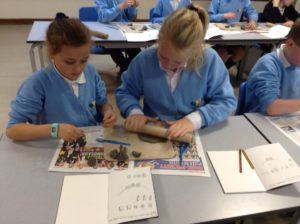
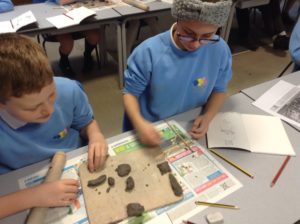
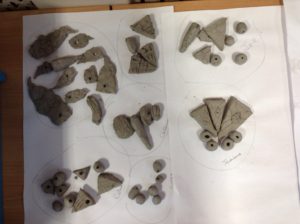
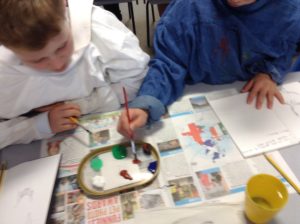
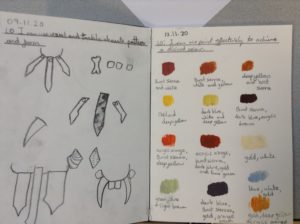
This week, we’ve been enjoying our history topic all about the Stone, Bronze and Iron Age. One of the words we’re learning from our history vocabulary list is hunter-gatherer. We found out that hunter-gatherers were pre-historic nomadic groups who would move around searching for food for basic survival.
Hunter-gatherers would rely on hunting and fishing animals and gathering for wild vegetation and other nutrients like honey, for food.
The early hunter-gatherers used simple tools. During the Stone Age, sharpened stones were used for cutting in order to hunt and gather.
So, we decided to become hunter-gatherers in our school grounds but focused on the gathering of plants!
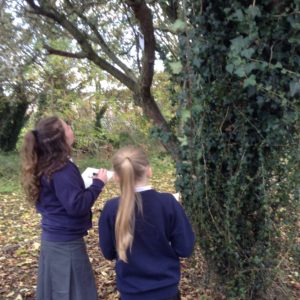

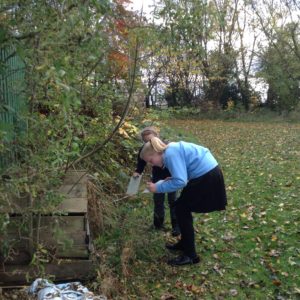
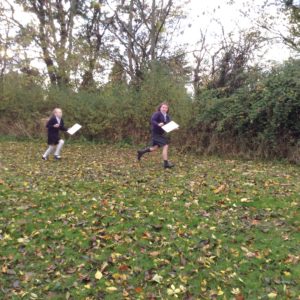
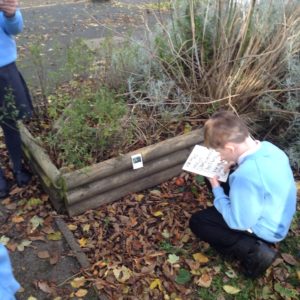
We found out that there were lots of plants that hunter-gatherers would eat/drink that are not as popular today. Some of these include dandelions, beechnuts, acorns, nettles and hawthorns.
This week, we’ve been learning how to change nouns from singular to plural. Click here to remind yourself of the rules for plurals.
Change these nouns from singular to plural.
bargain
bruise
puppy
category
hoof
community
dictionary
wolf
bush
crutch
design
opportunity
Choose some words and put them into sentences.
Challenge: add parenthesis (extra information) by using brackets, dashes or commas.
This week’s homework is creative.
I can show how to multiply numbers.
We’ve been learning how to multiply 4 digit numbers by 2 digit numbers. To remind yourself of the methods we use then go to our calculations and times tables page on our website or click here.
Can you show your understanding in a creative way?
Or any other creative idea!
Maths
These five lessons will roughly match the teaching and learning happening in class.
Lesson one: video, activity, answers
Lesson two: video, activity, answers
Lesson three: video, activity, answers
Lesson four: video, activity, answers
Lesson five: arithmetic
You don’t have to print the worksheet. Your child can write or draw their answers on paper. Your child’s learning will be most effective if you sit with them to pause the clip and check / praise / support your child as the clip moves on.
Practise times tables on Times Table Rockstars, too. We’re concentrating on the 4 times table. Email the class teacher if you need your child’s login and password details.
(Suggested time: 30 minutes of Maths and 15 minutes of Rockstars daily)
Spelling
Look on the homework page to find this week’s spellings. Your child should complete one task each day.
(Suggested time: 15-20 minutes daily)
Reading fluency
This week’s fluency text is a non-fiction text about pyramids.
In school, we generally follow this sequence:
(Suggested time: 15 minutes daily)
Reading comprehension
Day 1: RIC – Body image
RIC stands for:
Day 2: Agree with your child three words from any text they’ve read which they’re less familiar with. Your child should find out what they mean (eg by checking an online dictionary or simply discuss with you) and how to use them in sentences (both when speaking and when writing). Challenge your child to write a sentence with each word in, or to drop the words into conversations at home.
Day 3: Read this article from First News, a newspaper for children, and complete the activity.
Day 4: Read your fluency or RIC text again. Next, do one of the following:
Day 5: Book Club. Once a week, we have a relaxing lesson where we sit and read quietly, often with an adult. At home, we’d like you to read your favourite book or text, too.
(Suggested time: 30 minutes daily)
Writing
Activity 1: Recap your understanding of expanded noun phrases using this lesson by Oak Academy
Activity 2: Review this BBC Bitesize website about expanded noun phrases. Identify the expanded noun phrases in this promotion for a Bronze Age burial ground.
Topic
This week’s topic learning is history.
Take a look at the information about Ancient Egypt from BBC Bitesize.
(Suggested time: 30-45 minutes)
Science
We are learning about forces.
Maths
These five lessons will roughly match the teaching and learning happening in class.
Lesson one: video, activity, answers
Lesson two: video, activity, answers
Lesson three: video, activity, answers
Lesson four: video, activity, answers
Lesson five: arithmetic
You don’t have to print the worksheet. Your child can write or draw their answers on paper. Your child’s learning will be most effective if you sit with them to pause the clip and check / praise / support your child as the clip moves on.
Practise times tables on Times Table Rockstars, too. We’re concentrating on the 4 times table. Email the class teacher if you need your child’s login and password details.
(Suggested time: 30 minutes of Maths and 15 minutes of Rockstars daily)
Spelling
Look on the homework page to find this week’s spellings. Your child should complete one task each day.
(Suggested time: 15-20 minutes daily)
Reading fluency
This week’s fluency text is a non-fiction text about pyramids.
In school, we generally follow this sequence:
(Suggested time: 15 minutes daily)
Reading comprehension
Day 1: RIC – Body image
RIC stands for:
Day 2: Agree with your child three words from any text they’ve read which they’re less familiar with. Your child should find out what they mean (eg by checking an online dictionary or simply discuss with you) and how to use them in sentences (both when speaking and when writing). Challenge your child to write a sentence with each word in, or to drop the words into conversations at home.
Day 3: Read this article from First News, a newspaper for children, and complete the activity.
Day 4: Read your fluency or RIC text again. Next, do one of the following:
Day 5: Book Club. Once a week, we have a relaxing lesson where we sit and read quietly, often with an adult. At home, we’d like you to read your favourite book or text, too.
(Suggested time: 30 minutes daily)
Writing
Activity 1: Recap your understanding of expanded noun phrases using this lesson by Oak Academy
Activity 2: Review this BBC Bitesize website about expanded noun phrases. Identify the expanded noun phrases in this promotion for a Bronze Age burial ground.
Topic
This week’s topic learning is history.
Take a look at the information about Ancient Egypt from BBC Bitesize.
(Suggested time: 30-45 minutes)
Science
We are learning about forces.
Today, Miss Beatson taught the class via Zoom. It worked really well and we had a great maths lesson. Miss Beatson enjoyed seeing everyone and was impressed by how hard everyone was learning.
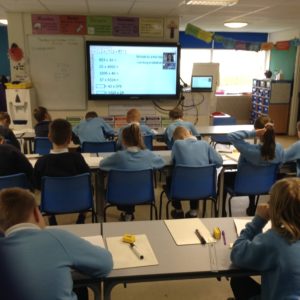
In science, we’ve been learning about microbes, infections and diseases.
At the moment, due to Covid-19, we are trying to keep our distance and use tissues to sneeze and cough into to help reduce the spread of infection. We thought we would investigate this to see if it really does work.
First of all, we created a ‘sneezing runway’ with paper and metre sticks.
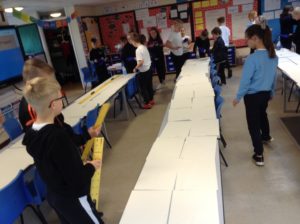
We then filled a spray bottle (a nose) with water and food colouring.
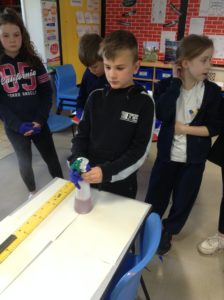
Then, we simulated a sneeze by squeezing the trigger once over the paper. Before ‘sneezing’ we predicted how far and wide the sneeze would go. Then we measured accurately with the rulers and recorded the result.
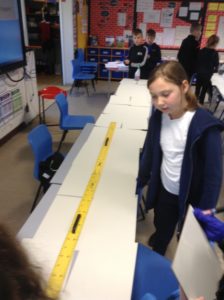
The next step was to observe what happens when we put our hand over our mouth when we sneeze; the microbes stay on our hands and can spread to anything we touch. We used a hand with a glove on it.
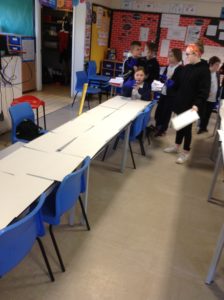
Finally, we wanted to observe what happens when we cover our mouth with a tissue during sneezing. We held a tissue directly in front of the spray nozzle. We predicted if this would reduce the distance a sneeze could travel and then made accurate measurements.
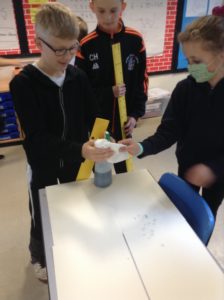
What did we find out?
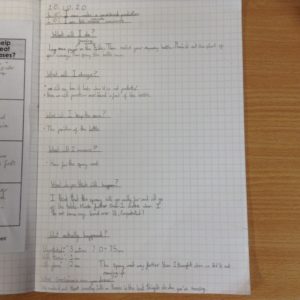
When sneezing without any protection, the sneeze travelled 3.7m. With a hand it travelled 2m. With a tissue it travelled 1m.
To conclude, we can help reduce the spread of infection through sneezing if we use tissues and keep our distance!